What types of sprinklers are commonly used in agricultural irrigation?
1. Overview of commonly used sprinkler types in agricultural irrigation
In modern agricultural irrigation, sprinklers are key components for hydraulic transmission and spraying, and their performance directly affects irrigation efficiency, water resource utilization and crop growth effects. According to the working principle, structural form and applicable scenarios of sprinklers, commonly used sprinkler types in agricultural irrigation can be divided into the following categories:
2. Main sprinkler types and their characteristics
(1) Rotary sprinkler
Working principle:
Through the internal rotating mechanism, the water flow rotates at high speed in the sprinkler to form a stable spray trajectory, and is broken into fine water droplets under the action of air to achieve uniform spraying.
Advantages:
Long range, suitable for large-scale farmland irrigation;
High spraying uniformity, suitable for medium to high density crops;
Wide flow adjustment range, suitable for different irrigation needs.
Applicable scenarios:
Suitable for medium to high density planting areas such as orchards, vegetable fields, and cereal crops.
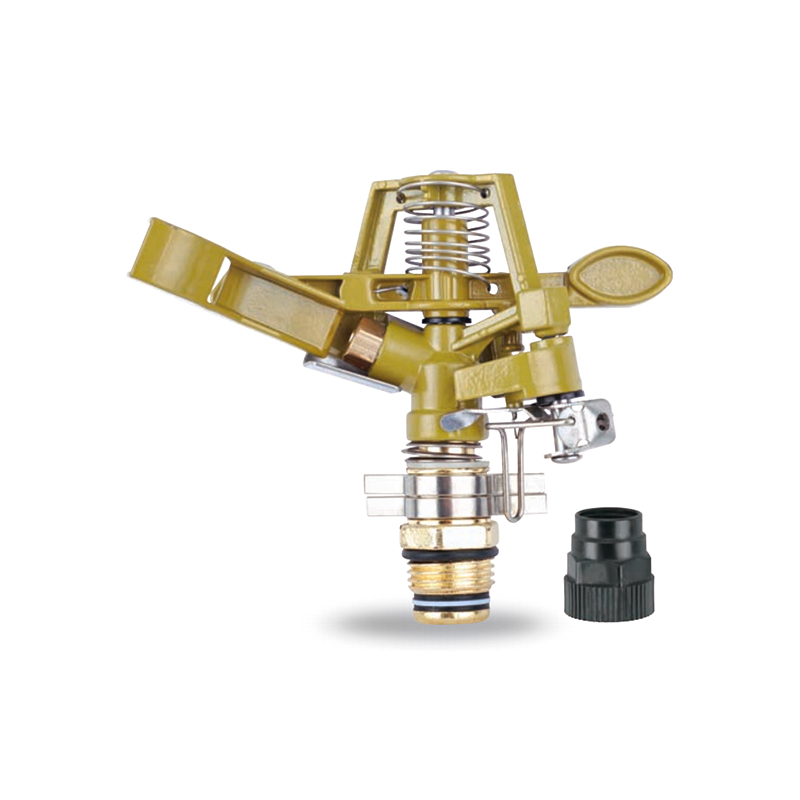
(2) Fixed Nozzle Sprinkler
Working Principle:
The nozzle does not rotate during the spraying process, and the water flows out from the fixed orifice to form a fan-shaped or circular spraying area.
Advantages:
Simple structure and low cost;
Suitable for small-scale or local irrigation;
Easy to install and maintain.
Applicable scenarios:
Suitable for local irrigation needs such as greenhouses, seedbeds, and small-area landscaping.
(3) Dripper Tube / Dripline
Working Principle:
Made of porous plastic tubes, water slowly drips out through the micropores on the tube wall to achieve drip irrigation or micro-spraying effects.
Advantages:
Strong water permeability, suitable for arid areas;
Significant water-saving effect, reducing evaporation and runoff;
Suitable for fine irrigation, such as vegetable greenhouses and flower planting.
Applicable scenarios:
Suitable for fine irrigation scenarios such as greenhouses, vegetable planting, and flower gardening.
(4) Micro-sprinkler
Working principle:
Sprays fine water droplets through a tiny aperture, with a small coverage area, suitable for crop canopy spraying.
Advantages:
Even spraying, suitable for high-density crops;
Small water droplets, reducing leaf damage;
Suitable for water-saving irrigation and pest control.
Applicable scenarios:
Suitable for high-density planting areas such as greenhouses, greenhouses, vegetables, and fruit trees.
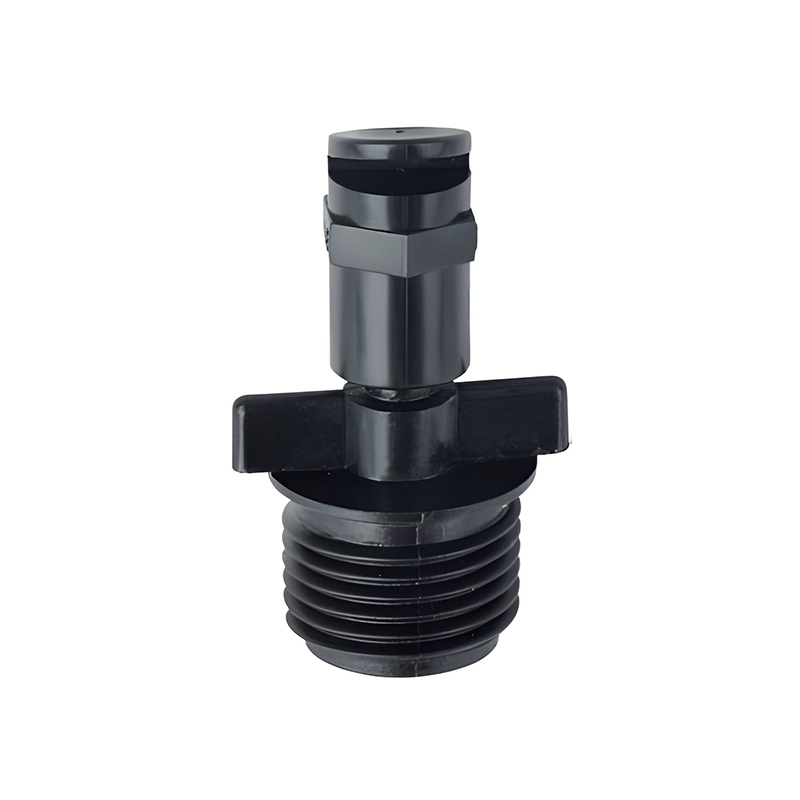
(5) Impeller Sprinkler
Working principle: Use water flow to impact the blade rotor, causing it to rotate and drive the sprinkler to rotate, achieving uniform spraying.
Advantages:
Wide spraying range, suitable for field irrigation;
Strong durability, suitable for harsh environments;
Strong adaptability, can be used in different terrains and climatic conditions.
Applicable scenarios:
Suitable for large-scale irrigation needs such as open areas, orchards, and pastures.
(6) Spray Nozzle
Working Principle:
Water is atomized into fine droplets through high-pressure water flow to form a spray effect.
Advantages:
Fine spraying, suitable for leaf spraying and pest control;
Suitable for fine management scenes such as greenhouses, sheds, nurseries, etc.;
Can be used in conjunction with a sprayer to improve work efficiency.
Applicable scenarios:
Suitable for fine management scenes such as greenhouses, sheds, nurseries, pest control, etc.
(7) Subsurface Rotating Sprinkler
Working Principle:
The nozzle is installed underground and sprays water out of the ground through a rotating mechanism to achieve uniform irrigation.
Advantages:
Does not affect ground activities, suitable for lawns, gardens, orchards, etc.;
Reduces evaporation and runoff, and improves water resource utilization;
Applicable to long-term automatic irrigation systems.
Applicable scenarios:
Suitable for scenes that require hidden irrigation, such as lawns, orchards, and greenhouse peripheries.
(8) Automatic Rotating Sprinkler
Working principle:
Control the rotation and spraying time of the sprinkler through a timer or sensor to achieve automatic irrigation.
Advantages:
Easy to operate, suitable for families and small farms;
Remote control can be used to improve management efficiency;
Suitable for timed irrigation and water-saving irrigation systems.
Applicable scenarios:
Suitable for automated irrigation needs such as home gardens, small farms, and greenhouses.
(9) Hanging Micro-sprinkler Set
Working principle:
Install the micro-sprinkler above the crop by hanging to achieve uniform spraying.
Advantages:
Easy to install and adjust, suitable for greenhouses and sheds;
Uniform spraying, suitable for high-density crops;
Suitable for fine irrigation and water-saving irrigation systems.
Applicable scenarios:
Suitable for fine irrigation scenarios such as greenhouses, vegetable planting, and flower gardening.
(10) Boom Sprinkler
Working principle:
The boom support structure is used to fix the sprinkler on the bracket to achieve directional spraying.
Advantages:
The spraying direction is controllable and suitable for irrigation of specific areas;
Suitable for large farmlands and orchards;
Easy to adjust and maintain.
Applicable scenarios:
Suitable for large farmlands, orchards, pastures and other scenarios that require directional irrigation.
3. Key factors for choosing sprinkler type
When choosing agricultural irrigation sprinklers, the following factors should be considered comprehensively:
| factor | Description |
| Crop type | Different crops have different water requirements, so you need to choose the right type of sprinkler |
| Terrain conditions | Flat or undulating terrain will affect the installation method and spraying effect of the sprinkler |
| Irrigation area | For large areas, you need to choose sprinklers with long range and wide coverage, and for small areas, you can choose fixed or micro sprinklers |
| Water resources | If there is sufficient water resources, you can choose large-flow sprinklers, and water-saving sprinklers should be given priority in water-scarce areas |
| Automation level | Whether automatic control is needed affects the choice of sprinkler type |
| Maintenance cost | The durability and maintenance difficulty of sprinklers are also important factors in selection |
4. Development Trend of Nozzle Technology
With the development of agricultural modernization and smart agriculture, agricultural irrigation sprinklers are also constantly improving. The main trends include:
Intelligent: combining the Internet of Things, sensors and remote control technology to achieve precise irrigation;
Water-saving: developing more efficient water-saving sprinklers to reduce water waste;
Environmental protection: using environmentally friendly materials and low-energy consumption design to reduce the impact on the environment;
Multifunctional: sprinklers integrate irrigation, fertilization, spraying and other functions to improve comprehensive benefits.


 Search for...
Search for... English
English Español
Español 中文简体
中文简体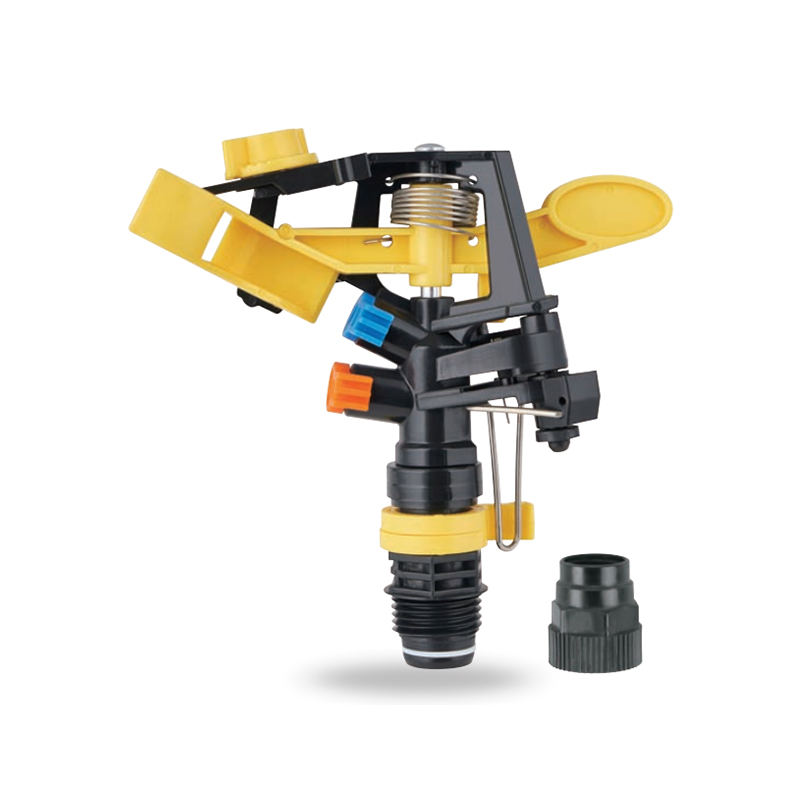
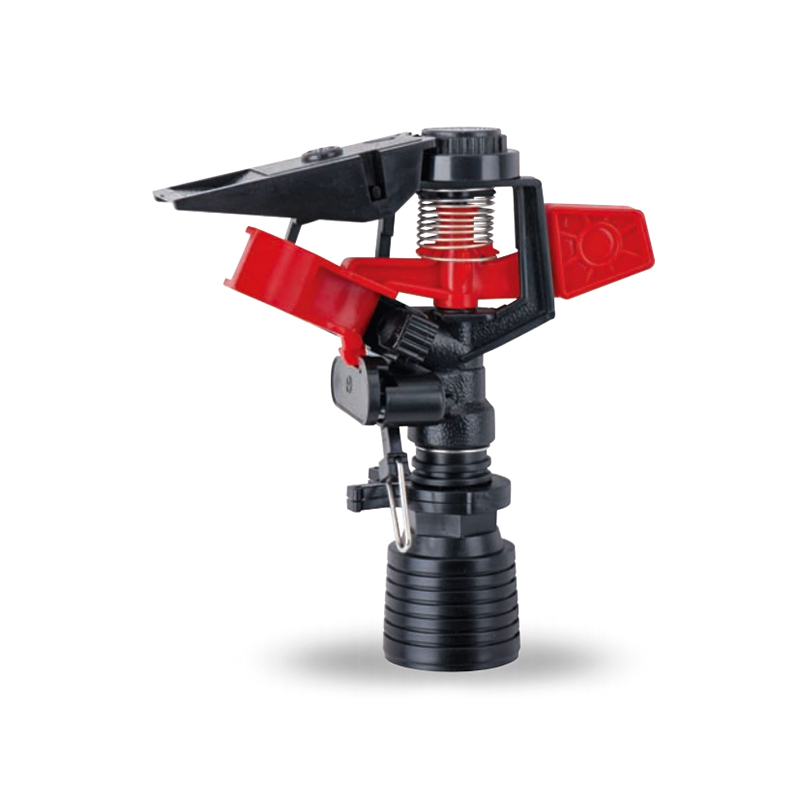
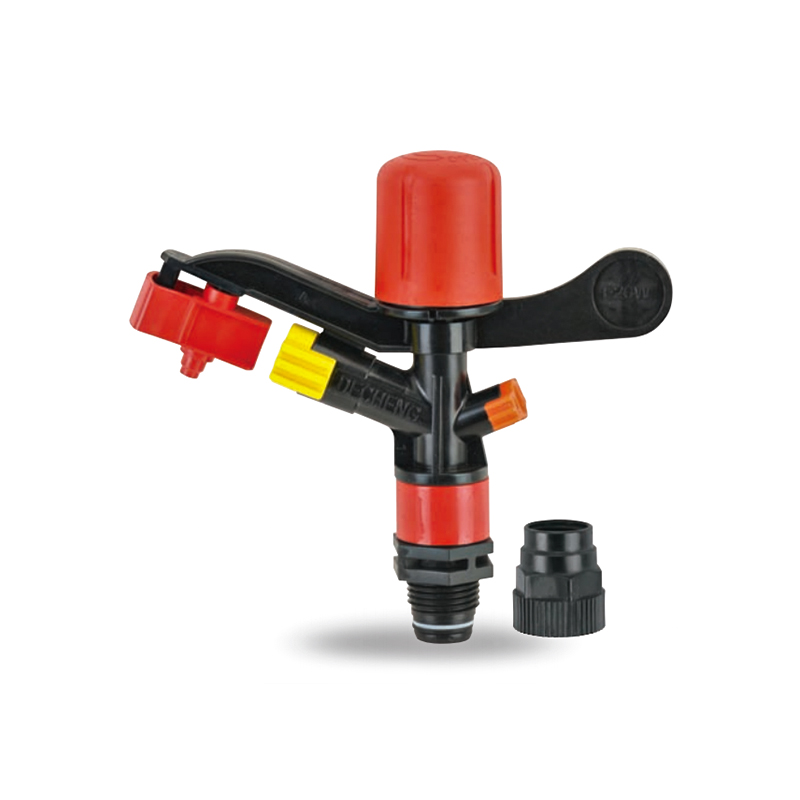
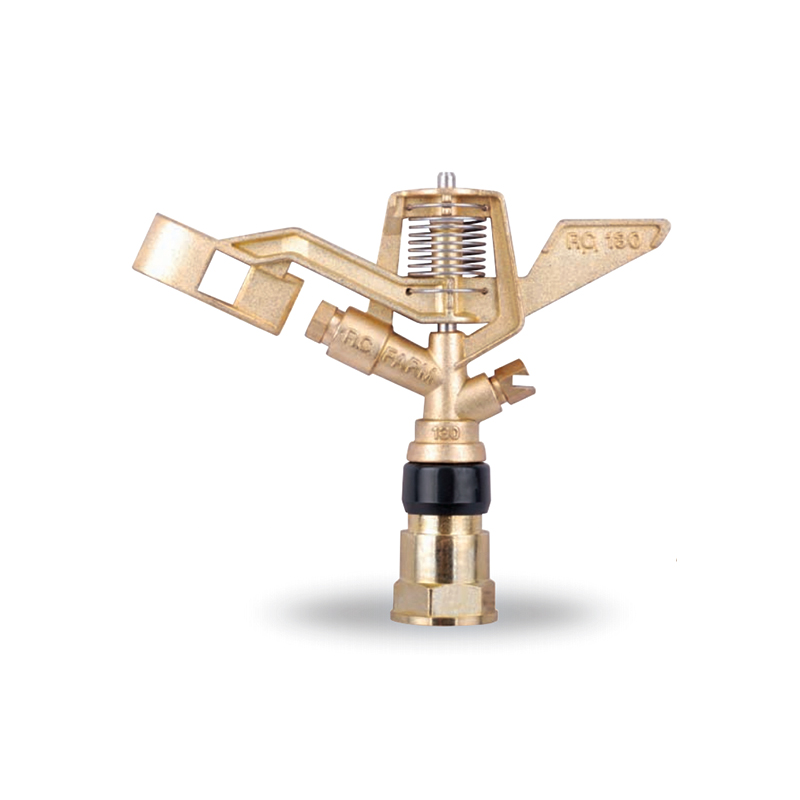
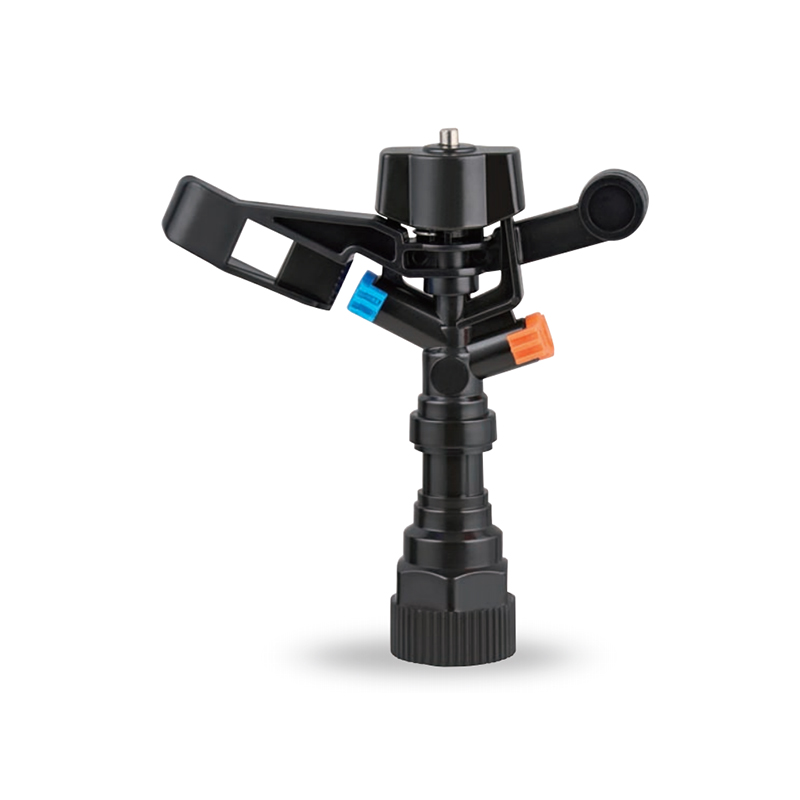
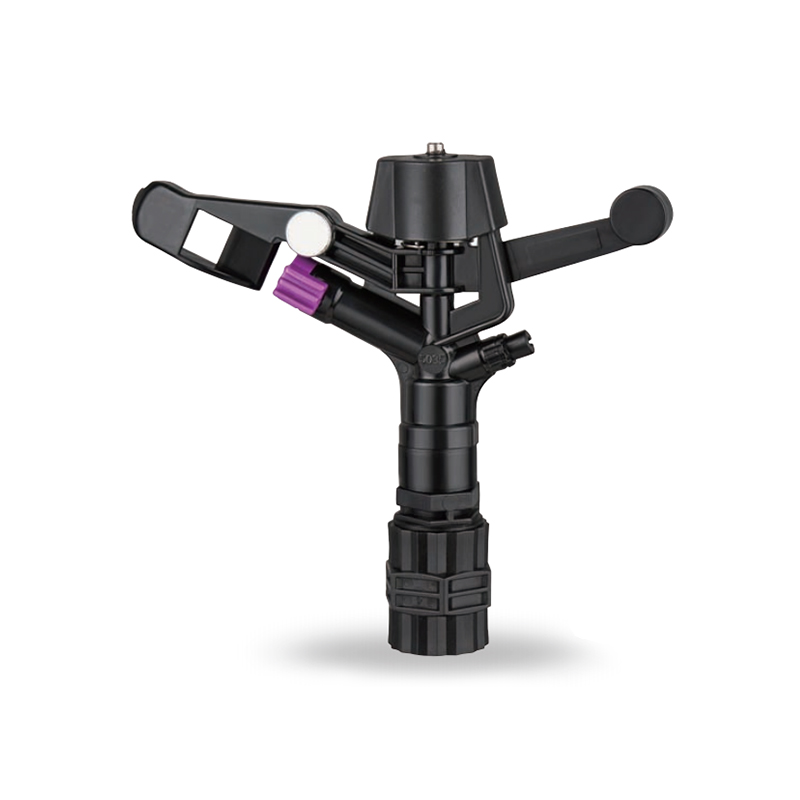
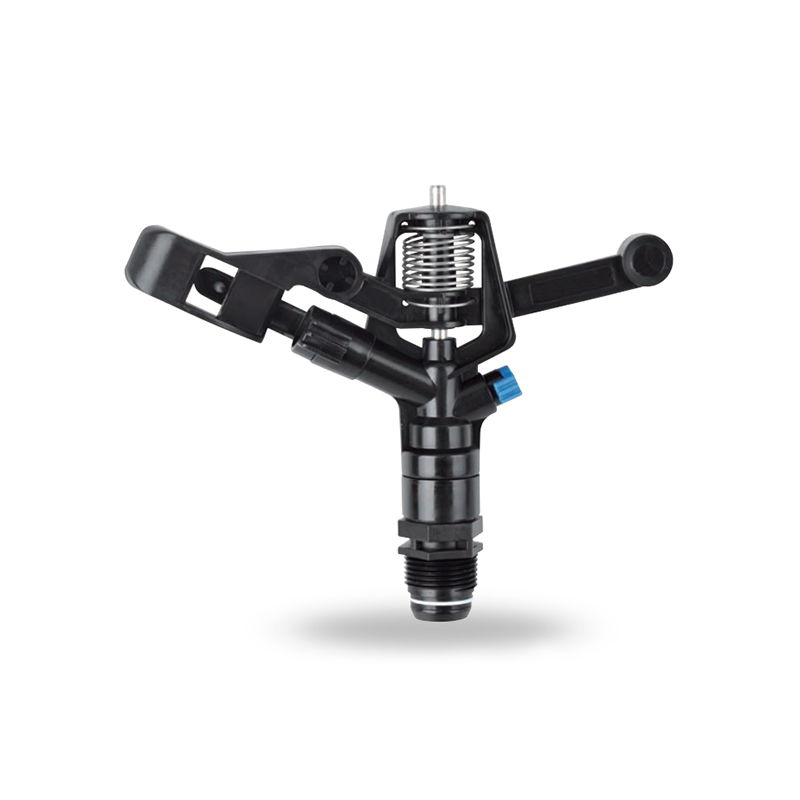
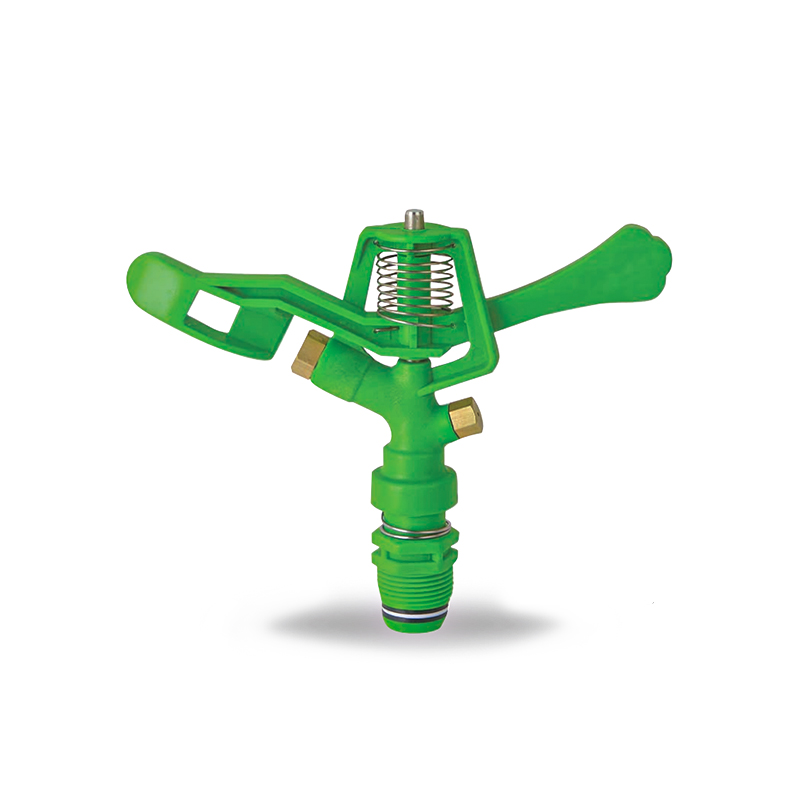
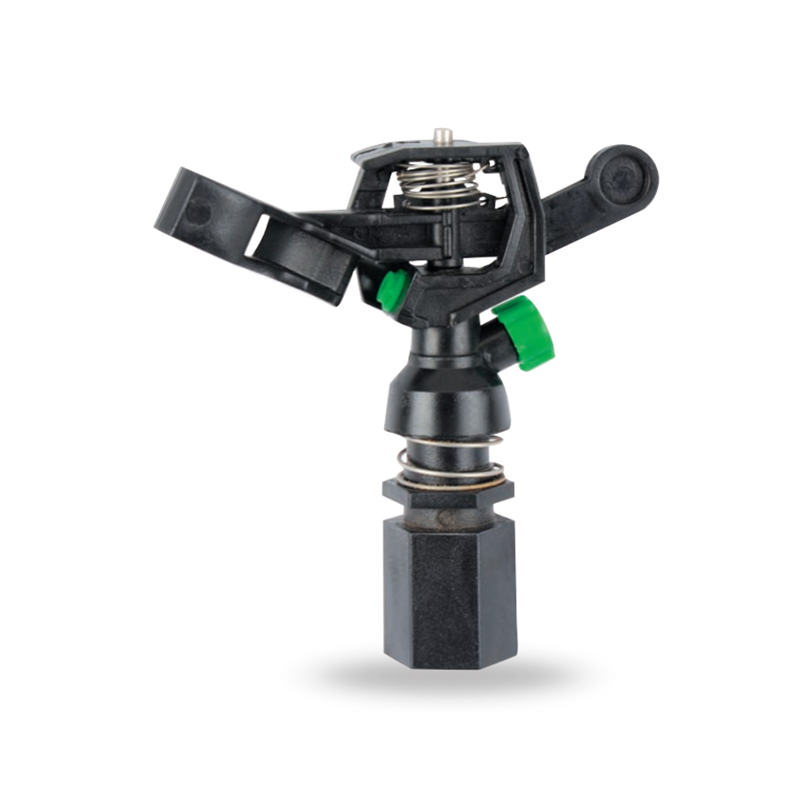
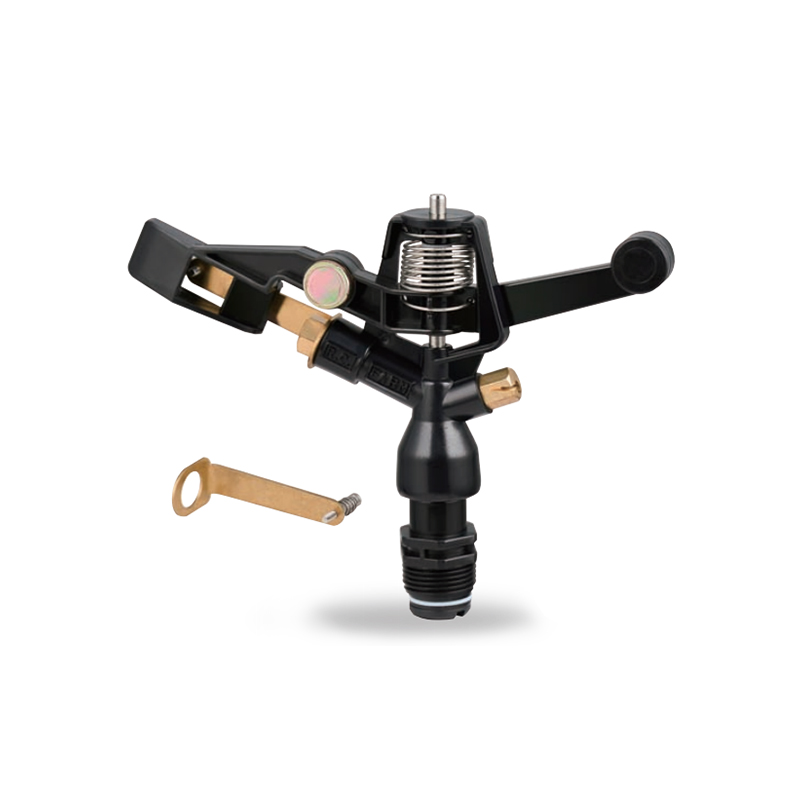
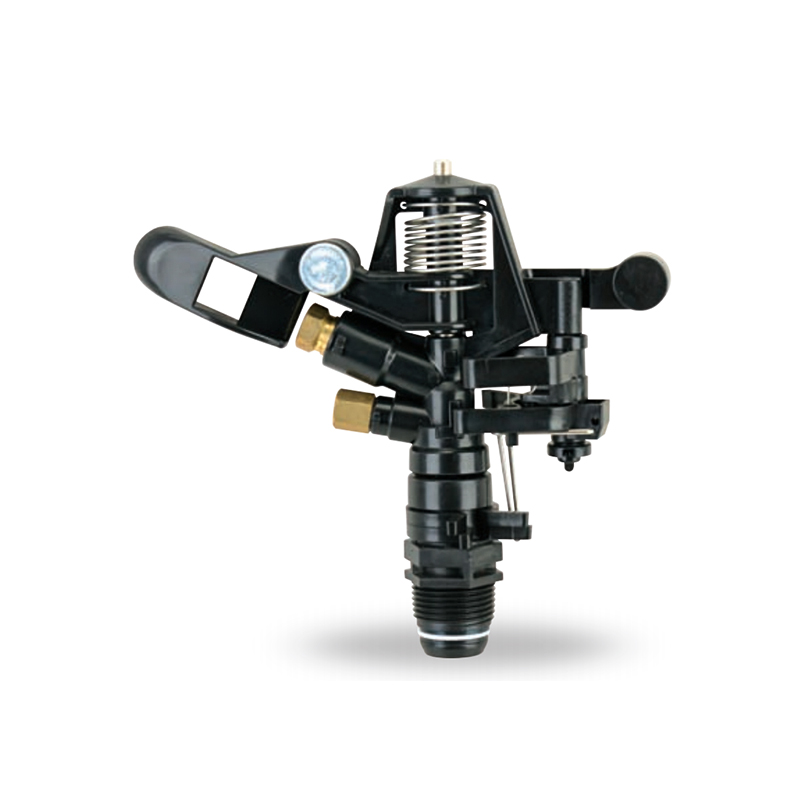



 No.518, Ruihao Road, Lizhou Street, Yuyao City, Zhejiang Province, China
No.518, Ruihao Road, Lizhou Street, Yuyao City, Zhejiang Province, China +86-13105554615 / +86-18005843886
+86-13105554615 / +86-18005843886 decheng@dcssq.com fredzhu@dcssq.com
decheng@dcssq.com fredzhu@dcssq.com

